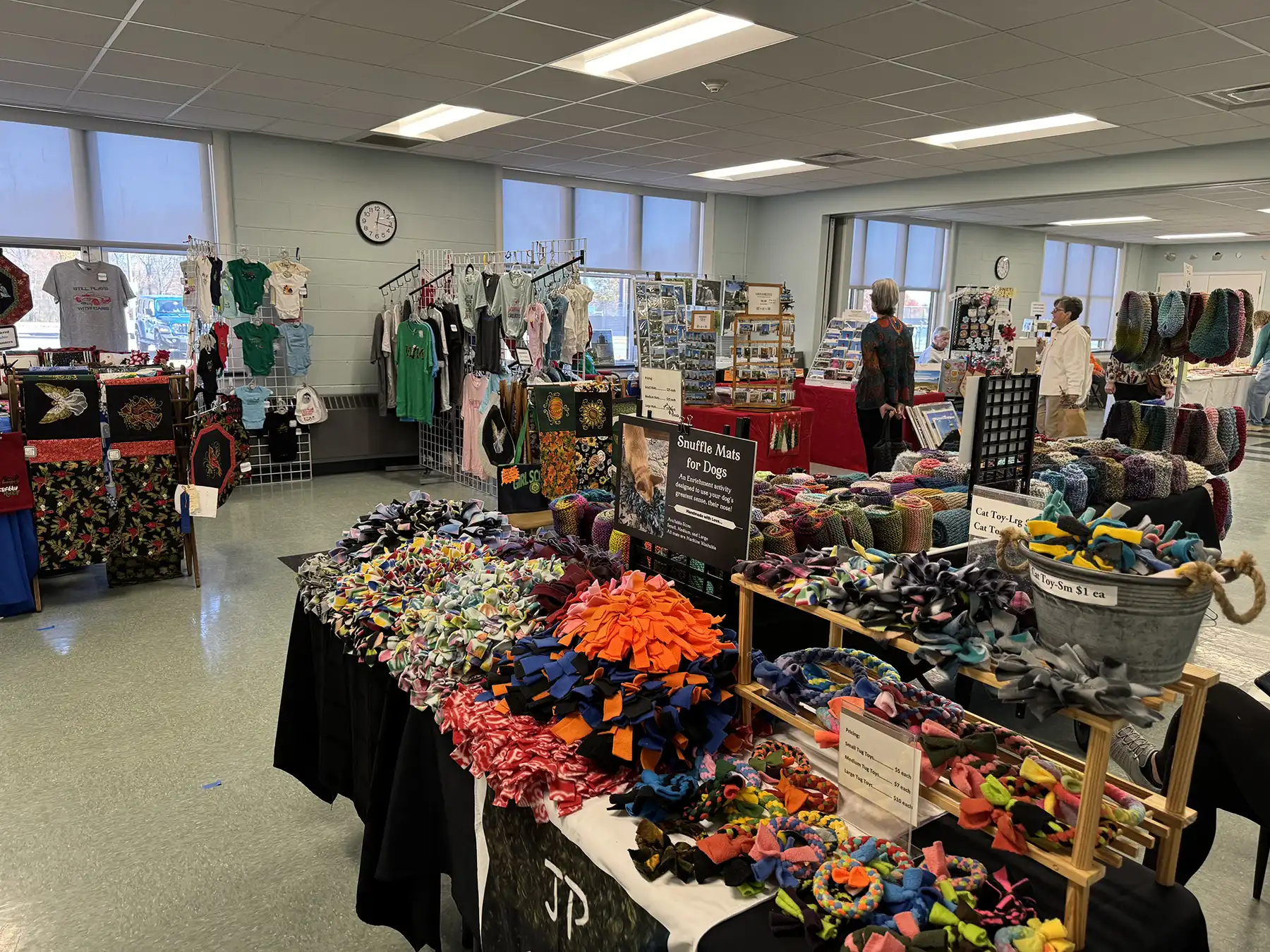History Corner: Are They Still Important...?

Yes, they are. Dolls have been a source of “play” and ceremony from very early history. The earliest doll was a spirit being used in magic and religious rituals throughout the world. The earliest “doll” goes back to ancient civilizations of Egypt, Greece and Rome. The earliest use of a doll as a toy can be traced to Greece around 100 AD. They were crude in some cases and elaborate in others. Dolls were made from available materials such as clay, stone, wood, bone, ivory, leather and wax being documented as the oldest known toy.
Like children today, dolls were dressed according to what was seen around them, their parents, grandparents and leaders of their village or town. Dolls have been used for education, carriers of cultural heritage, laden with magical powers, entertainment and of course the voodoo doll that held special powers. Voodoo in America is still actively practiced and its capital in New Orleans, Louisiana, known as Mississippi Valley Voodoo. Its spiritual beliefs and practices developed from the traditions of the early African people brought to Louisiana. It’s the spirits that enter into the lives of its believers through dances, music and chanting.

There was, at one time, the craze for the kitchen witch doll, dressed in the stereotypical outfit and hung in the kitchen for the 20th century housewife...hmm. I wonder where mine is. Closer to home is the Hopi Kachina doll made of cottonwood that embodied the characteristics of the ceremonial Kachina, the masked spirits of the Hopi Native American tribes in northwest America. For the Inuit peoples, the “dolls” were dressed in clothing that would take them through the cold winters while those of the Incas were dressed in maize. Cornhusk dolls are a traditional Native American doll made of dried corn husks. These dolls did not have faces as they represented nature and spirits of the Native Americans’ beliefs. The making of cornhusk dolls was adopted by the early European settlers in the colonies.
Wood was the predominant material for dolls until the 18th & 19th century when it was combined with other materials such as leather with the bodies made more articulate. It is unknown when glass eyes first appeared but brown was the color of choice until the Victorian era when blue eyes became popular, inspired by Queen Victoria. During the 19th century dolls’ heads were often made of porcelain and combined with a composite material known as composition, a mix of wood pulp, sawdust and glue. These were them painted with a light pink color. They were dressed in appropriate dresses, wigs, underwear and a hat...gotta have that hat.
Doll collectors of today are quick to correct the terms bisque, porcelain and china for as they are not the same. A china doll has a glazed porcelain head and a bisque doll is made of unglazed bisque porcelain. A true china doll has a white head with molded hair which is painted with the appropriate hair color and a body of cloth or leather being popular between 1840 and 1890. A Parian doll’s head is made of white porcelain but not dipped in glaze but left with a matte finish having their popularity between 1860 and 1880. Bisque doll’s faces are characterized by their realistic skin-like matte finish with their peak popularity between 1850 and 1900.

The dolls most often collected are those from France and Germany with some doll maker’s dolls commanding very high prices. The makers would mark the back of the neck with their signature or lettering noting the type of doll, its size and, of course, the maker himself. Initially dolls were made to resemble adults and you can see that in the French dolls but by the middle of the 19th century, the dolls took on more childlike features. I explained to one little girl, at our Stone-Otis house, that dolls were made for little girls to be like a friend and to look like them. Yes, there are dolls whose eyes wander after many years of play but they should still be enjoyed regardless of their imperfections.
No one can forget the lovable Raggedy Ann and her brother Andy, a soft, huggable doll pair first introduced by Johnny Gruelle in 1918. The stories were geared to loving, caring and responsibility to each other and others as their adventures, in the many, many books he wrote, that took them on adventures far and wide. Each story had a message of kindness. These dolls were reproduced by several manufacturers with only one being sued for infraction of his copyright. Not many dolls have had stories written about them but these two have adventures in The Deep, Deep Woods, with The Camel with the Wrinkled Knees, The Golden Ring, The Wonderful Witch and a host of others. Gruelle and his family lived in Norwalk where his books were written and his creation of Raggedy Ann that some say came out of a rag doll he found in his attic.
The American Girl doll, created in 1986 is still going strong with its October 4th reveal of next year’s girl. This doll portrays girls between the ages of 8 and 11 with a variety of ethnic backgrounds starting with Kaya, a Native American girl. Each historical character brings their past to life with lessons of love, friendship and courage. Pleasant Rowland, the creator of the American Girl, felt that there was a gap in the doll market in the 1980s. Dolls were newborns which young girls could nurture as its “parent” and the Barbie was geared to the older girl aspiring to celebrity.
The history of each of the American line gives the girls an opportunity to learn more about them, related to their time period and seek to go further into history. The marketplace offers books for each doll and craft books as well. For me, I like the 19th century girls, the already loved dolls, some with crossed eyes, flaking paint, sun-drenched clothes and very, untidy wigs.

In 1923, Madame Bertha Alexander, then 28, founded the Alexander Doll Company with the dolls originally made of cloth and then in the composite material. After WW II, hard plastic entered the Alexander doll world with her series of President’s wives coming out in 1976 starting with Martha Washington. There are 38 in all, having been ended upon the death of Madame Alexander. Each of the dolls is a replica as closely as could be with replica inaugural gowns. This doll is so special that the entire collection was on display at the LBJ Library in Texas.
Needless to say, we can’t leave out the Cabbage Patch doll. By the end of 1983 almost 3 million of these dolls were “adopted” and it has been said that this doll was the most successful doll introduction in doll history. Wow...that says something about the entrepreneur, Xavier Roberts. In 1985, one red-headed little guy went into outer space on a shuttle and in 2000 a little girl was depicted on a 33-cent stamp! The doll company is still in business as I checked out its website. So, did I make a good case for dolls and doll collecting? I hope so.
If you read this article after September 30th you have missed our doll sale at the Academy, 605 Orange Center Road, but come any Saturday from 10-3 and we will have a portion of the collection available for sale through the holidays.









